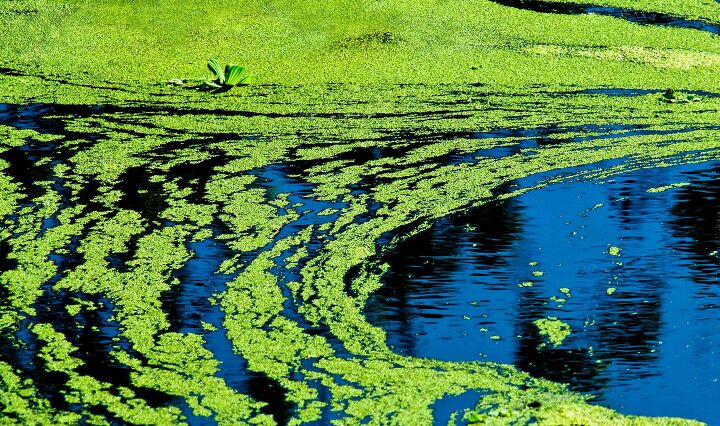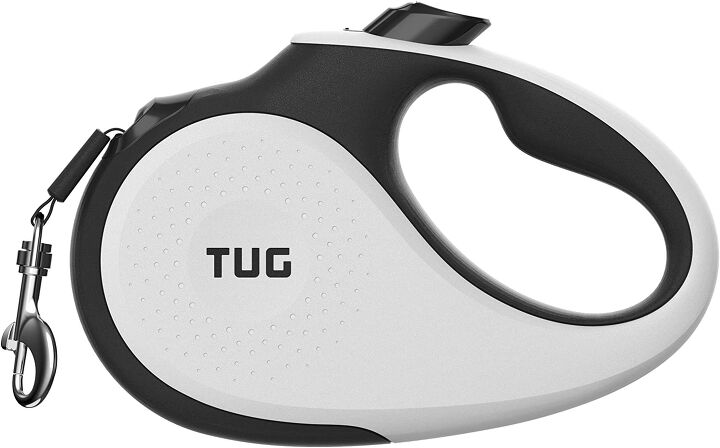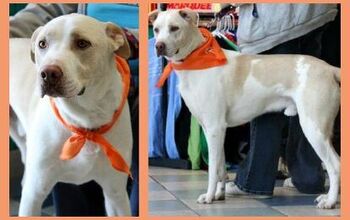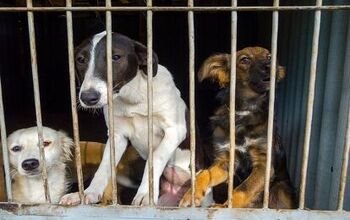Is Blue-Green Algae Toxic to Dogs?

Cyanobacteria, commonly known as blue-green algae, are unique bacteria that receive energy via photosynthesis. They can be found all across the globe and can be toxic to humans and animals. If your dog happens to take a dip in the nearby pond or a lake and encounters the blue-green algae, should you be worried? How toxic is this bacteria to pets, and what should you do when something like this happens? Here’s what you need to know.
A Nasty Bacteria Hidden in Plain Sight
Blue-green algae are not algae at all, even though they’re called that way. They are, in fact, a type of bacteria that can produce harmful toxins called cyanotoxins. These cyanotoxins can be released into the water where algae are present, especially in warm, nutrient-rich environments like ponds, lakes, and slow-moving rivers. That’s why they are commonly called algae.
Now, due to the environment in which they thrive, they are fairly easy to be encountered by dogs who love to dip their tails into the water, especially in summer months. Warm ponds and lakes are all over the place, and you could often see a layer of greenish-blue algae on its surface. When you do, it is best for your pet to steer clear of it. Because, yes, blue-green algae can be toxic to dogs and other pets.
When dogs come into contact with or ingest water contaminated with toxic blue-green algae, they can experience various health issues. The severity of the symptoms depends on the type and amount of cyanotoxins present. Common symptoms of blue-green algae toxicity in dogs may include vomiting, diarrhea, excessive drooling, difficulty breathing, muscle tremors, seizures, disorientation, and collapse or unconsciousness. In some cases, blue-green algae can prove to be fatal for dogs. Simply put, exposure to this bacteria can be life-threatening to dogs. It's essential to seek immediate veterinary attention if you suspect your dog has been exposed to or ingested water contaminated with blue-green algae.
Preventing exposure is crucial since there is no specific antidote for cyanotoxin poisoning, and treatment mainly focuses on supportive care. So, always prioritize your dog's safety when enjoying outdoor activities near bodies of water. Here are the main precautions to consider:
- Avoid letting your dog drink from or swim in bodies of water that may contain blue-green algae blooms. If the water seems stagnant and “unhealthy”, avoid it.
- Be cautious when near stagnant or slow-moving water, especially during warm weather.
- If you're unsure about the safety of a particular water body, it's best to keep your dog away from it.
- Familiarize yourself with the appearance of blue-green algae blooms, which can look like greenish or bluish-green scum on the water's surface.
Of course, if you know that your pupper is particularly mischievous and loves to zoom into any body of water they encounter, it will go a long way for you to keep them tethered to you when in such areas. Keep them leashed when around lakes or ponds that could be infected with algae – a reliable dog leash such as this one is great to have on hand, even if you let your pet go leash-free when exploring nature. It gives you all the control and will be neatly tucked away inside the anti-slip handle until you need it.
Another great way to prevent your pet from drinking dubious liquids from every pool of water they see is a protective muzzle such as this one. It has numerous uses (think trip to the vet’s or the groomer’s), and will stop your pet from drinking contaminated water, as they cannot effectively open their mouth to do so.
Still, it is best to completely avoid any suspicious stillwater pond or lake. If an area is not frequented, has no swimmers or people around it, and seems abandoned, then it can have many possible threats for you and your dogs. In certain parts of the world, alligators can hide in such waters, and things worse than bacteria can loom beneath the clammy green surface. In other words – sometimes it’s really better to be safe than sorry!

A proud mama to seven dogs and ten cats, Angela spends her days writing for her fellow pet parents and pampering her furballs, all of whom are rescues. When she's not gushing over her adorable cats or playing with her dogs, she can be found curled up with a good fantasy book.
More by Angela Vuckovic






















